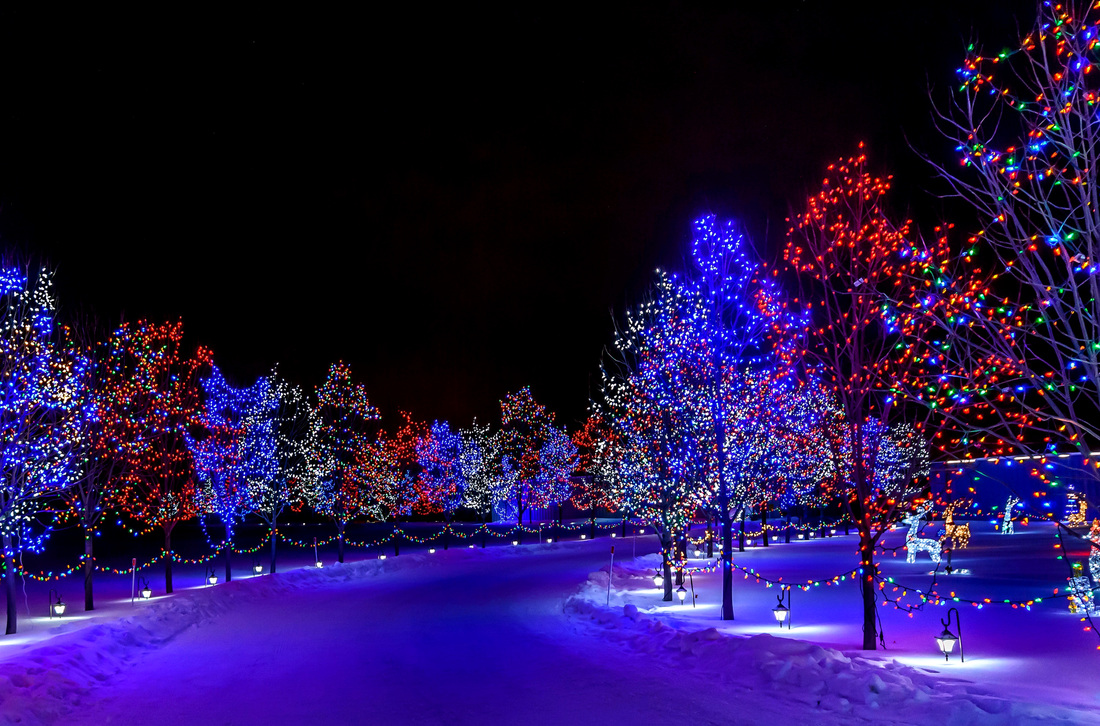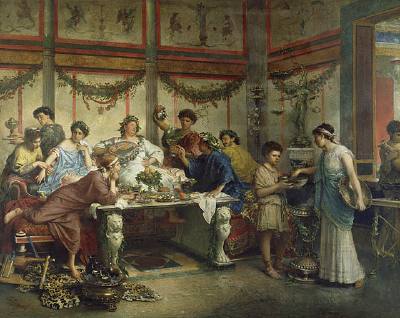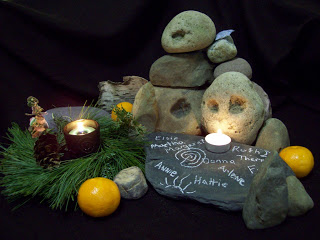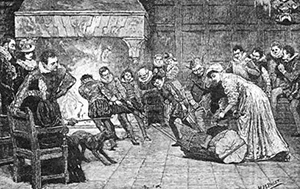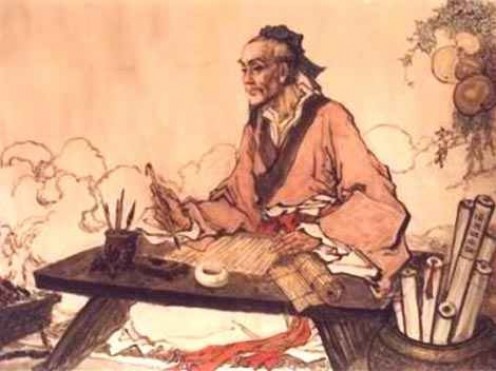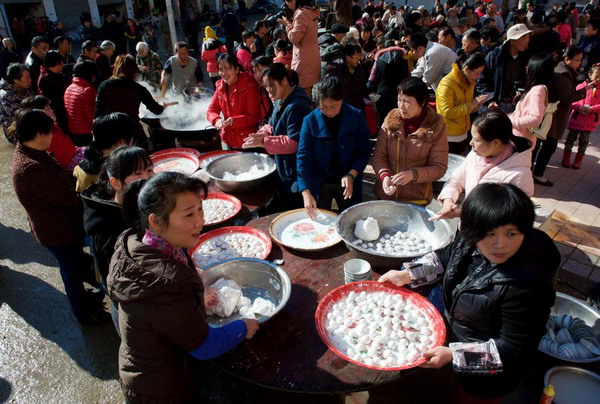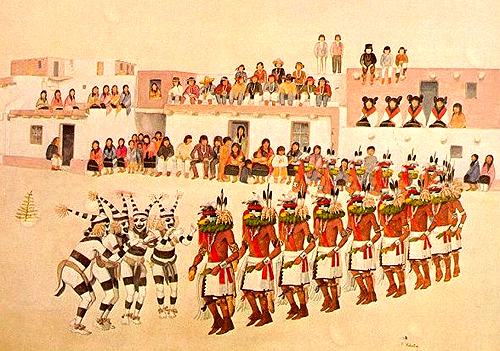|
By Claire Ciszewski As the temperature dips and frost replaces the leaf’s on trees, snow blankets the city and winter begins. It is in this frigid winter season that many communities come together and celebrate some heartwarming holidays which help in forgetting the bitter winds. While you may have heard of Christmas, Kwanzaa, Hanukkah, or even St. Lucia Day, there are still many other traditions and cultures to be explored. While many cultures embrace the Winter Solstice, there are varying traditions and methods in which this season is celebrated. While the Solstice celebration is most commonly thought of as a Pagan Holiday taking place in Scotland, there are other cultures that take part in this celebration. A few common Winter Solstice Celebrations that occur around the world are Saturnalia, Modraniht, Yule, Dongzhi, and Soyal. Each of the Winter Solstice Celebrations look to bring cheer to the chilly season. Each Solstice is unique and often has some interesting factors that make each special to those who celebrate them. Saturnalia(December 17) Saturnalia is a Greek Winter Solstice. In the time of Saturnalia there is a three day celebration during which laws and restrictions are not enforced. For instance, gambling was allowed in public, slaves did not have to work and could participate in the celebration, and togas were replaced with more colorful garments (Saturnalia). Saturnalia was a time of peace, relaxation, and companionship for the Greek elites. Saturnalia is initiated by rituals and sacrifices at the Temple of Saturn. The statue would be filled with olive oil and the leather straps would be unbound during the holiday (Saturnalia Practices of Nova Romans). During the holiday people would decorate their cities with red and gold. The golden ornaments would symbolize the sun and stars. Additionally, pine cones and evergreen trees would be brought inside and decorated (The White Goddess) and, great feasts would be held. During the festival there was a great feeling of merriment and joy. ModranihtModraniht, the Night of Mothers, is an Anglo-Saxon celebration focused around a great feast that would also praise the three mothers. Matrons are considered to be three Mother-goddesses, they would be the leaders of a Celtic cult. The goddesses would exemplify and grant fertility, childbirth, protection of family. There were even some war-goddesses (Celto-Germanic Culture, Myth & History). To celebrate the matrons, stone altars would be set up. There is said to be about 1100 stones and altars that have been found with various names inscribed on them (Walking with Ancestors). The altars and stones were inscribed with the names of non-living mothers, such as a grandmother or mother who had passed away. Modraniht is a somber holiday to honor women who are no longer with us. Yule(December 21-22) The Yule Winter Solstice Celebration is set to celebrate the renewal or rebirth of the sun. During this time, the Goddess of Darkness will beckon for the Sun God to return. Yule is also associated with fertility, and thus the Goddess of Darkness. Our Lady of Darkness, would give birth to the Sun-God who would reinstate warmth and light to the earth (The White Goddess). One key element associated with the celebration is the Yule log. The Yule log tradition was to have a log burn anywhere from 12 hours to several days. It was considered unlucky if the log burned itself out. Once the log was extinguished, the ashes were considered to have special properties such as healing or protective charms. This ash was used to make purifying water (The White Goddess). Other symbols of Yule include mistletoe, a Yule candle, and Yule Wassail (a drink of good will). Dongzhi FestivalDongzhi, or the Chinese Winter Solstice Festival, originated in the Han Dynasty and was popularized in the Tang and Song Dynasties (Traditional Chinese Festivals). Similar to Saturnalia, laymen would have a day to relax and sacrifices would be made to Heaven. During this Chinese Holiday, various soups would be eaten to determine different tidings of goodwill. In Northern China, dumpling soup may be eaten to ward off frost. In Southern China a red bean meal would ward off evil spirits and ghosts. In other parts of China, dumplings would be used as gifts for families and friends. It was also noted that in Taiwan, nine layer cakes would be made and molded into shapes of animals as part of a Chinese tradition (Traditional Chinese Festivals). Dongzhi Festival was used as a form of celebration, prayer, and wishes of goodwill in China. Soyal(December 22) Soyal is a ceremony of the Hopi people who live in northern Arizona, USA. This holiday begins on the shortest day of the year and provides a time of rituals and prayer for the second phase of the the Creation of the Dawn of Life (Eidt). The celebration begins once the Katsnim or Kachinas, protective spirits of the Hopi, come down and dance. The celebration is meant to bring the sun back to the world. Soyal is a shortened term for Soyaluna or Soyalangwul, which is translated to “Establishing Life Anew for the World” (Eidt). During the celebration, tribe elders pass down stories to the youth. The goal of the celebration is to will the Sun God back. Overall, there are many celebrations of Winter. However, most of the Solstice Holidays are closely tied to the return of the sun and the prompting of higher powers to return the sun, warmth, and new life. Each of the holidays provides respect for elders or other people in a celebratory feast. Check out more about Saturnalia, Modraniht, Yule, Dongzhi Festival, or Soyal with the links provided below! Saturnalia Link 1 Saturnalia Link 2 Modraniht Link 1 Modraniht Link 2 Yule Link 1 Dongzhi Festival Link 1 Soyal Link 1 Resources:"Saturnalia." Saturnalia. Web. 2 Jan. 2016.
"Saturnalia Practices of Nova Romans." Saturnalia Practices of Nova Romans. Web. 2 Jan. 2016. "Celto-Germanic Culture, Myth and History: Modraniht [Night of the Mothers]." Celto-Germanic Culture, Myth and History: Modraniht [Night of the Mothers]. 21 Dec. 2008. Web. 2 Jan. 2016. "Walking With Ancestors." : Modraniht, Id Est Matrum Nocturum. 21 Dec. 2011. Web. 2 Jan. 2016. "Yule - Winter Solstice - The Wheel Of The Year - The White Goddess." Yule - Winter Solstice - The Wheel Of The Year - The White Goddess. Paganism 101, 2016. Web. 2 Jan. 2016. "Traditional Chinese Festivals - China.org.cn." Traditional Chinese Festivals - China.org.cn. China Internet Information Center. Web. 2 Jan. 2016. Eidt, Jack. "Soyal Ceremony: Hopi Kachinas Dance at Winter Solstice." WilderUtopiacom. 21 Dec. 2011. Web. 2 Jan. 2016. Intro Image http://www.1zoom.net/Nature/wallpaper/403631/z3562.9/%26original=1 Saturnalia Image http://classicalwisdom.com/saturnalia-party-dont-stop/ Modraniht Image http://walkingwithancestors.blogspot.com/2011/12/modraniht-id-est-matrum-nocturum.html Yule Image http://thefndc.com/yule-mule-christmas-cocktail/ Dongzhi Image http://hubpages.com/holidays/Chinese-Festival-Dongzhi-Festival-or-Winter-Solstice-Festival http://fuzhou.chinadaily.com.cn/e/2014-12/23/content_19151747.htm Soyal Image http://www.theorionzone.com/star_kachina.htm
1 Comment
|
Archives
May 2020
|

